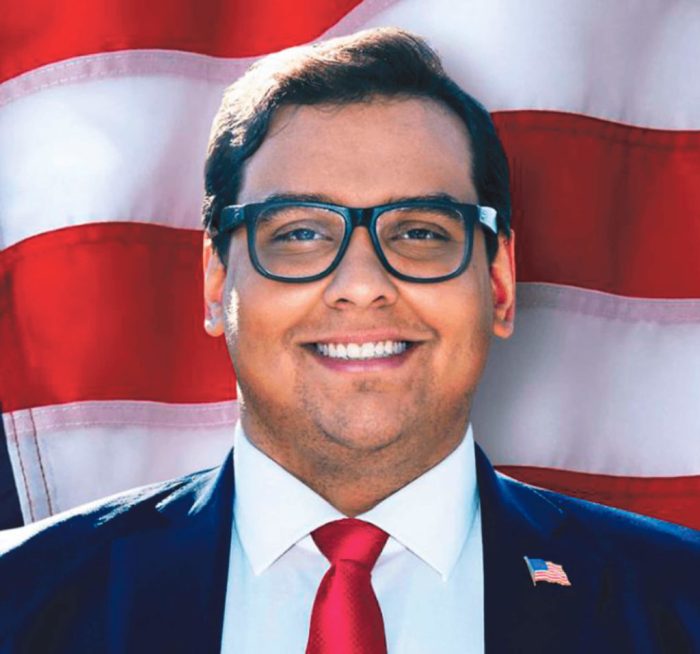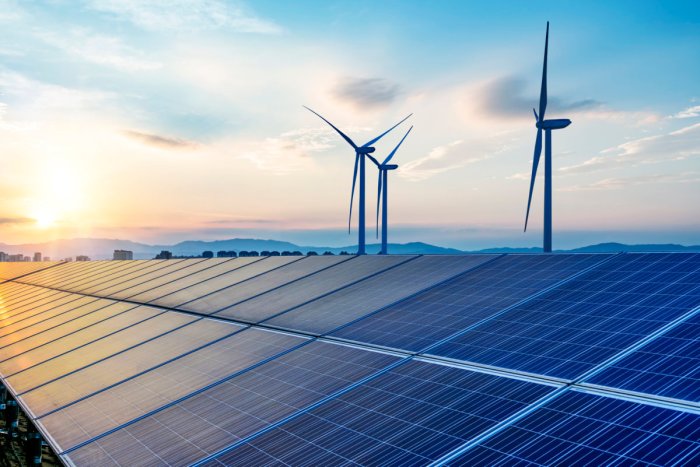By Adrienne Esposito, executive director of Citizens Campaign for the Environment
China and other countries closed their doors to America’s recycling in 2017. Not only did this force us to manage our recyclable materials, it also exposed fundamental flaws in how we manage solid waste. Municipal recycling costs have skyrocketed and are struggling to survive. Municipalities that sold recyclable materials at a profit now pay hundreds of thousands or even millions of dollars annually to process recyclable materials. In 2020, the cost to New York’s municipalities was $80 million to manage recyclables. Who pays this? We do, the taxpayer!
High recycling costs result in fewer materials recycled. Consequently, recyclables end up in landfills, incinerators, and as litter. Plastic litter plagues our waterways—as of this year, the total mass of plastic we produce exceeds the total mass of living mammals globally.
Also, product producers are using bigger boxes and more plastic. Ever get a box in a box from Amazon? We all have. Ever go to the supermarket and buy a big box of cereal and know that the top three inches of the box is empty? All this waste presents high costs to our local governments, taxpayers, and environment. The real question is: What responsibility falls on those who create this mess? The answer is that currently, product manufacturers bear no financial responsibility for wasteful packaging. This must change.
Fortunately, we know the answer. A new system called Extended Producer Responsibility (EPR) requires manufacturers to cover the cost of recycling their product packaging and paper. This system shifts costs away from taxpayers, and just as importantly, it provides an incentive for producers to create less packaging and make packaging easier to recycle. In Europe and Canada EPR has led to recycling rates as high as 90% (compared to less than 50% in the U.S.) and less waste is created, while the cost of consumer goods has not increased.
Enacting this program in New York can significantly increase recycling rates, create over 1,000 green jobs, reduce greenhouse gas emissions by 2.3 million metric tons, and provide $80 million in savings for local governments. This means savings for taxpayers. On Long Island, this will help streamline recycling, and ensure that packaging is less toxic and made from recyclable materials. This will reduce waste going to landfills. The Brookhaven landfill is scheduled to close in two years; we have no plan for the hundreds of thousands of tons of incinerator ash we generate annually.
Waste reduction benefits our environment and our wallets. Sen. Todd Kaminsky has championed this program and we are delighted that Gov. Kathy Hochul included this in her budget bill. We need our senate and assembly members to work with the executive branch to get it done. EPR’s time is now.
Sign up for Long Island Press’ email newsletters here. Sign up for home delivery of Long Island Press here. Sign up for discounts by becoming a Long Island Press community partner here.































